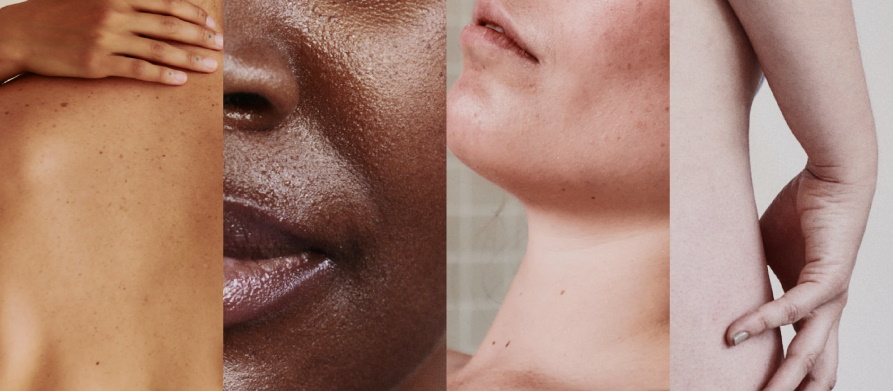The comedogenic scale is a measure of how likely an ingredient is to clog pores. The higher the number, the more likely it will clog your pores and cause acne breakouts. Ingredients that are high on this list include oils like coconut oil, cocoa butter, shea butter, and things like mineral oil and petrolatum. When you’re looking at ingredients in skincare products or makeup, look for those with low comedogenic ratings such as aloe vera gel, colloidal oatmeal, cucumber extract, grape seed extract, licorice root extract, and green tea leaf extract, which can all help keep your skin clear.
The comedogenic scale is a measure of how likely an ingredient or product is to clog pores. It ranges from 0-5, with anything below 1 being unlikely to cause acne. Products labeled as non-comedogenic are typically scored at 5 because they contain ingredients that are less likely to clog pores. For instance, oils will not clog your skin, whereas waxes will have a higher comedogenic rating.

How does the comedogenic scale work?
Do you find that your skin is often oily or acne-prone? Chances are, this may be due to the comedogenic scale. However, understanding how it works and what products to avoid can help with preventing breakouts.
Dr. Albert Kligman created the comedogenic scale in 1964 for labeling the level of pore-clogging ingredients in cosmetics. The lower the number on the scale, the less likely a product will block pores and cause breakouts. Products with a score of 0-2 are considered non-comedogenic. Anything 3 or higher is more likely to clog pores and lead to pimples, blackheads, whiteheads, cystic acne, etc. This can be quite distressing for many women who want clear skin.
The comedogenic scale is a skin rating system that measures the ability of an ingredient to clog pores and cause acne. It’s important to know the comedogenic scale because it affects how your skin will react to products containing those ingredients. In addition, knowing this information can help you choose what type of product is best for your skin.

Understanding the comedogenic scale of oils and butters
As you’re probably aware, acne can be quite painful and leave scars that last for years. The higher up the list an ingredient comes, the more pore-clogging it is. Many people who have trouble with acne also suffer from sensitive skin or rosacea, so they should pay even closer attention to ingredients lists than those with normal skin types. The best way to avoid breakouts is to read labels carefully and choose products free of comedogenic ingredients such as limonene, linalool, Laureth-23, or cetyl alcohol.
Many ingredients can be found in the products we use on our skin every day, and some of them may not agree with us. This is especially true if you have sensitive or acne-prone skin. What do comedogenic and non-comedogenic mean? Comedo means “plug” in Latin; thus, comedogenicity refers to whether a substance will cause plugged pores (acne). A high number on the scale indicates it is more likely to clog your pores; a low number suggests it’s less likely to be an issue for you. If you see 0/5 as an option for this rating system, then it should irritate your skin as any other product would.

